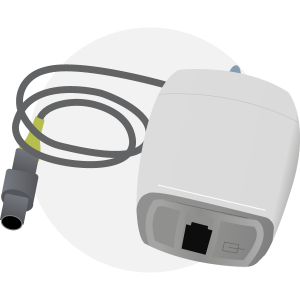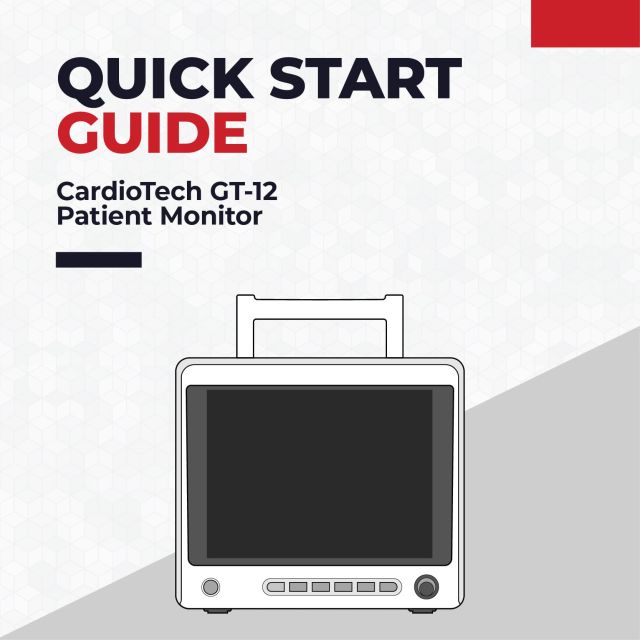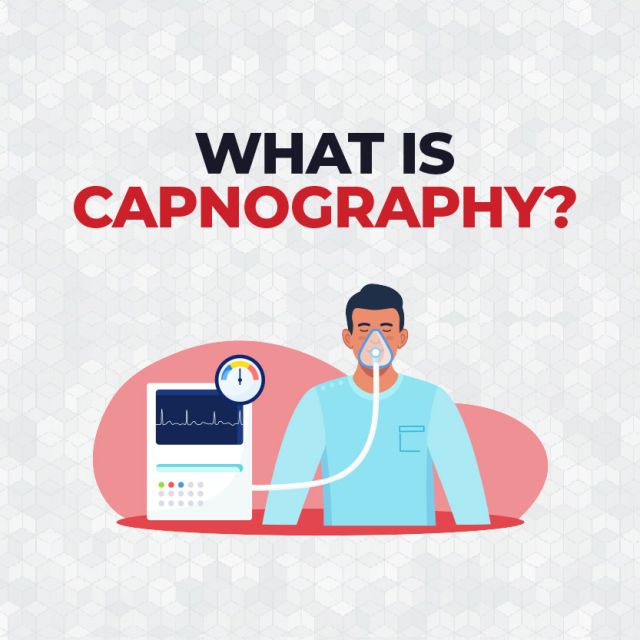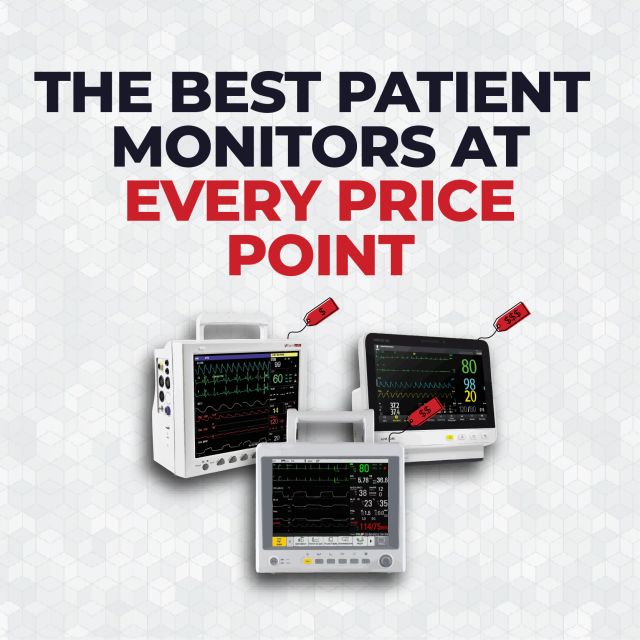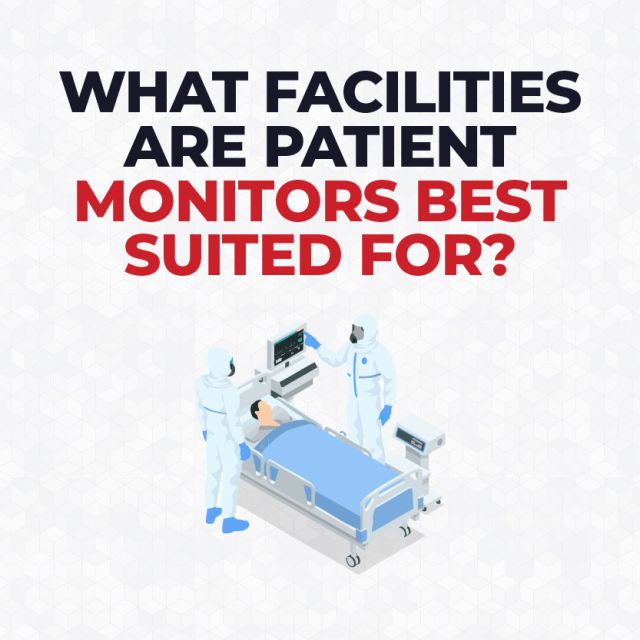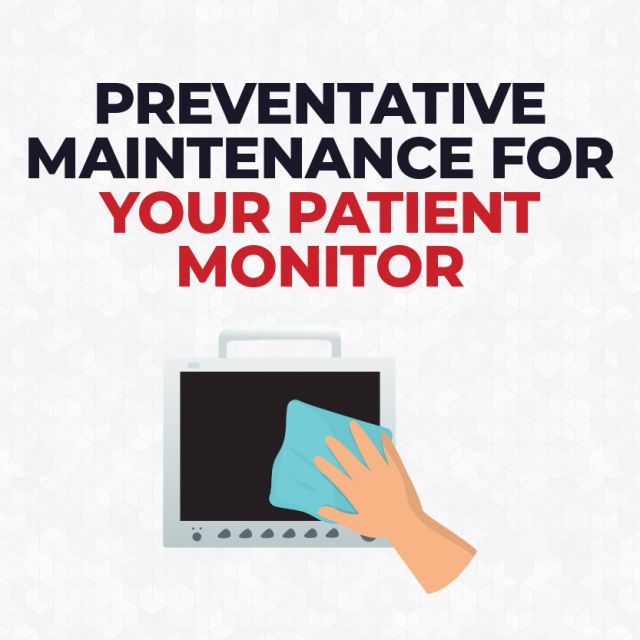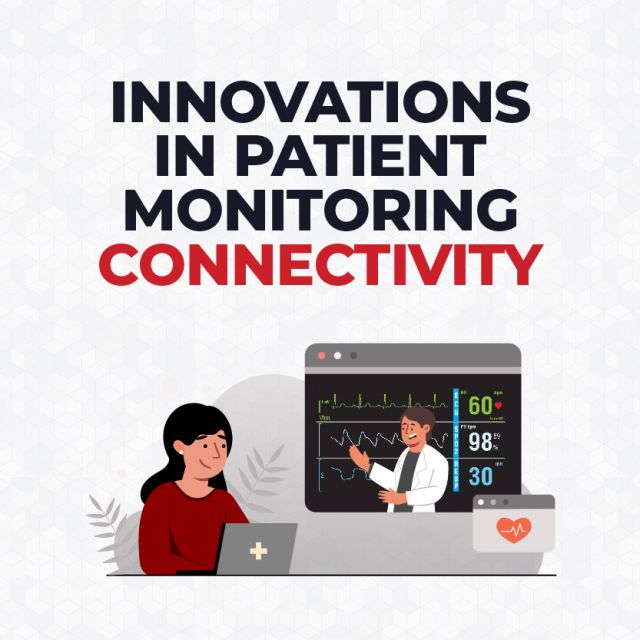Top Features You Need in a Patient Monitor
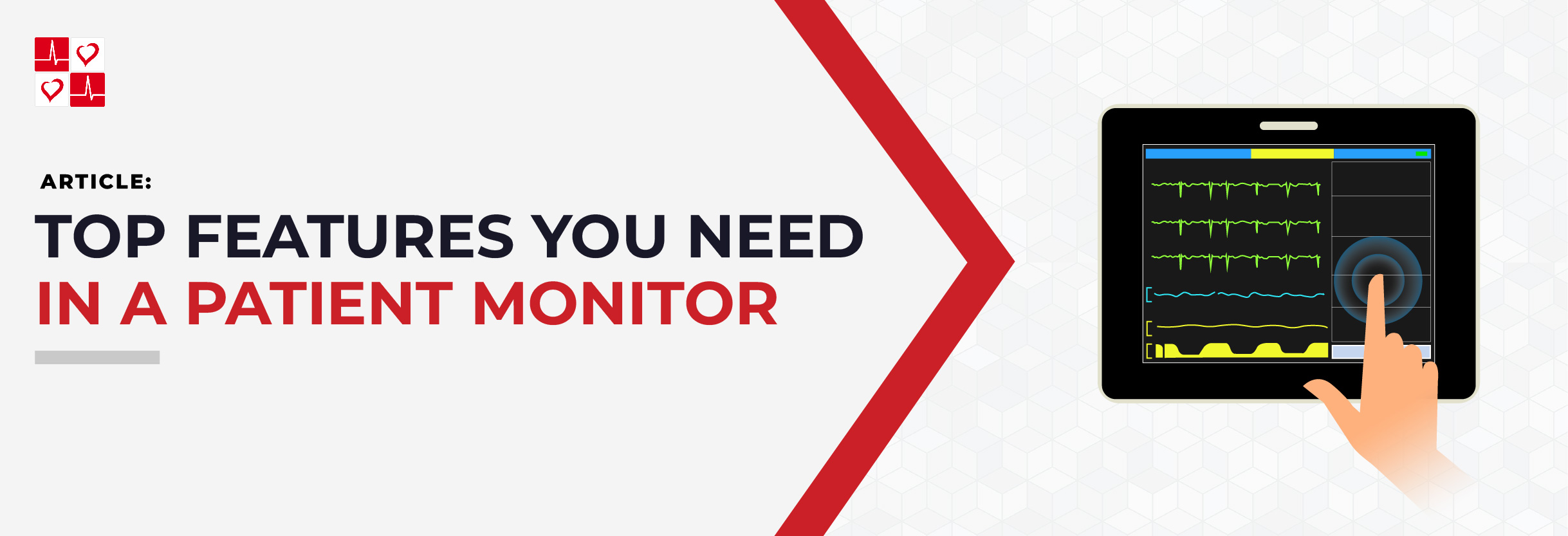
Introduction
Patient monitors play a critical role in ensuring patient safety and improving clinical outcomes. These medical devices are designed to provide continuous, real-time monitoring of vital signs and advanced parameters, allowing healthcare professionals to make informed decisions. In this article, we’ll list the top features you need in a patient monitor to provide the best possible care for your patients and improve efficiency for your practice.
Features You Need in a Patient Monitor
Touchscreen Display
Touch screens provide an intuitive and user-friendly interface, making it easier to navigate through various settings. The ability to use gestures makes interaction with the monitor more efficient compared to traditional button-based interfaces.
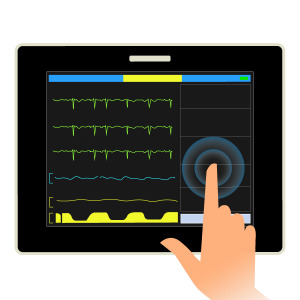
Multi-Parameter Monitoring
Vital signs are the most basic and essential indicators of a patient’s health status. Each of these parameters provides crucial information about a patient’s condition:
- Heart Rate
- Blood Pressure
- Respiratory Rate
- Oxygen Saturation (SpO2)
- Temperature
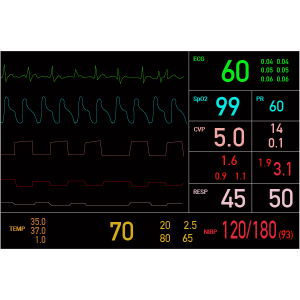
Mounting Options
The availability of various mounting options provide flexibility in how and where the monitors can be used, contributing to a more efficient and organized clinical environment.
- Wall Mounting: Wall-mounts save space and reduce clutter in patient rooms. They keep the monitors at eye level, making it easier to view patient data without having to adjust their position.
- Mobile Carts: Monitors mounted on mobile carts offer maximum flexibility, allowing them to be easily moved between rooms or departments.
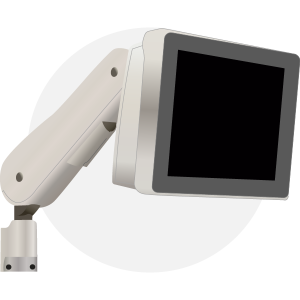
Data Management and Connectivity
Patient monitors with robust data management features and integration with central monitoring systems (CMS) offer several benefits:
- Electronic Health Record (EHR) Integration: Seamless integration with EMR systems ensures that patient data from monitors is automatically recorded in their medical records.
- Comprehensive Data Storage: Advanced patient monitors can store extensive amounts of historical data, allowing for in-depth trend analysis.
- Real-Time Data Transmission: Integration with CMS enables real-time data transmission to a central station, allowing for continuous monitoring of multiple patients simultaneously.
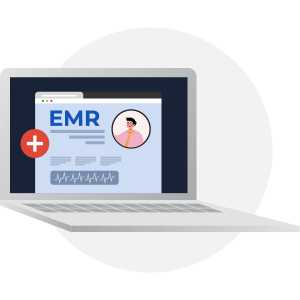
Advanced Monitoring Capabilities
Advanced monitoring capabilities ensure higher standards of safety and efficiency in clinical practice. A key advanced monitoring capability may include:
- Capnography (EtCO2): Monitoring the concentration of exhaled carbon dioxide (EtCO2) is crucial for assessing respiratory function, especially during anesthesia.
